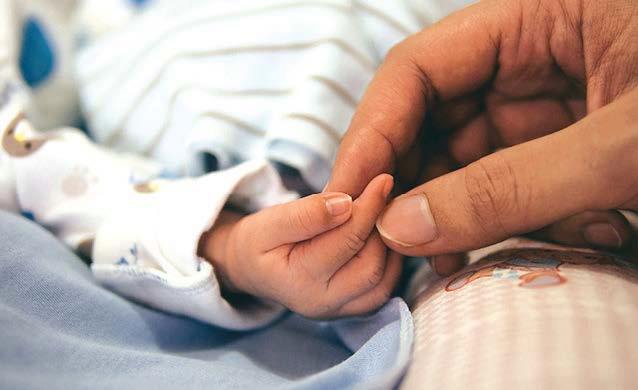LONDON – Hopes rose yesterday that a potentially disastrous foot-and-mouth outbreak in Britain could be contained, as scientists grew increasingly suspicious that the disease came from a high-security laboratory near the infected farm.
The agriculture department said late on Saturday that the strain of foot-and-mouth disease found on a farm in southern England was identical to one used at a research laboratory a few miles kilometres away shared by the government’s Institute for Animal Health and a private pharmaceutical company, Merial Animal Health. The department said the strain had not recently been seen in live animals.”This is a promising lead – but we do not know for sure,” Environment Secretary Hilary Benn told the British Broadcasting Corporation yesterday.Cattle on a farm outside Wanborough, about 50 kilometres southwest of London, tested positive for the disease, which affects cloven-hoofed animals including cows, sheep, pigs and goats.It does not affect humans.The agriculture department said there had been no movements of livestock from the affected farm since July 10, raising hopes the virus might not have spread further.Benn said reports of symptoms at four more premises had been investigated and found not to be foot-and-mouth.The highly infectious disease, which devastated the rural economy when it spread across Britain in 2001, can be transmitted though contact between animals, or on the wind.Officials said they had begun an urgent review of biosecurity at the Institute for Animal Health’s Pirbright Laboratory.The government-funded lab, which researches the disease and tests foot-amd-mouth samples, is about 6 kilometres from the affected farm.Benn said health inspectors would be visiting the laboratory site yesterday.Microbiologist Hugh Pennington said that “on the balance of probabilities, this is where the virus came from.””There are other possible sources of the virus, but they are looking pretty remote,” Pennington told the BBC.He said airborne transmission was one way the virus could have spread from the lab to the nearby farm.”It may not be a huge security breach,” Pennington said.”It may just be one incident which let a puff of virus out.”The government’s chief veterinarian, Debby Reynolds, ordered a new 10-kilometre protection zone to be set up around the farm and the lab.She said the virus was not one found in animals, and instead matched a strain being held at nearby disease-research and vaccine production facilities.Nampa-APThe department said the strain had not recently been seen in live animals.”This is a promising lead – but we do not know for sure,” Environment Secretary Hilary Benn told the British Broadcasting Corporation yesterday.Cattle on a farm outside Wanborough, about 50 kilometres southwest of London, tested positive for the disease, which affects cloven-hoofed animals including cows, sheep, pigs and goats.It does not affect humans.The agriculture department said there had been no movements of livestock from the affected farm since July 10, raising hopes the virus might not have spread further.Benn said reports of symptoms at four more premises had been investigated and found not to be foot-and-mouth.The highly infectious disease, which devastated the rural economy when it spread across Britain in 2001, can be transmitted though contact between animals, or on the wind.Officials said they had begun an urgent review of biosecurity at the Institute for Animal Health’s Pirbright Laboratory.The government-funded lab, which researches the disease and tests foot-amd-mouth samples, is about 6 kilometres from the affected farm.Benn said health inspectors would be visiting the laboratory site yesterday.Microbiologist Hugh Pennington said that “on the balance of probabilities, this is where the virus came from.””There are other possible sources of the virus, but they are looking pretty remote,” Pennington told the BBC.He said airborne transmission was one way the virus could have spread from the lab to the nearby farm.”It may not be a huge security breach,” Pennington said.”It may just be one incident which let a puff of virus out.”The government’s chief veterinarian, Debby Reynolds, ordered a new 10-kilometre protection zone to be set up around the farm and the lab.She said the virus was not one found in animals, and instead matched a strain being held at nearby disease-research and vaccine production facilities.Nampa-AP
Stay informed with The Namibian – your source for credible journalism. Get in-depth reporting and opinions for
only N$85 a month. Invest in journalism, invest in democracy –
Subscribe Now!








